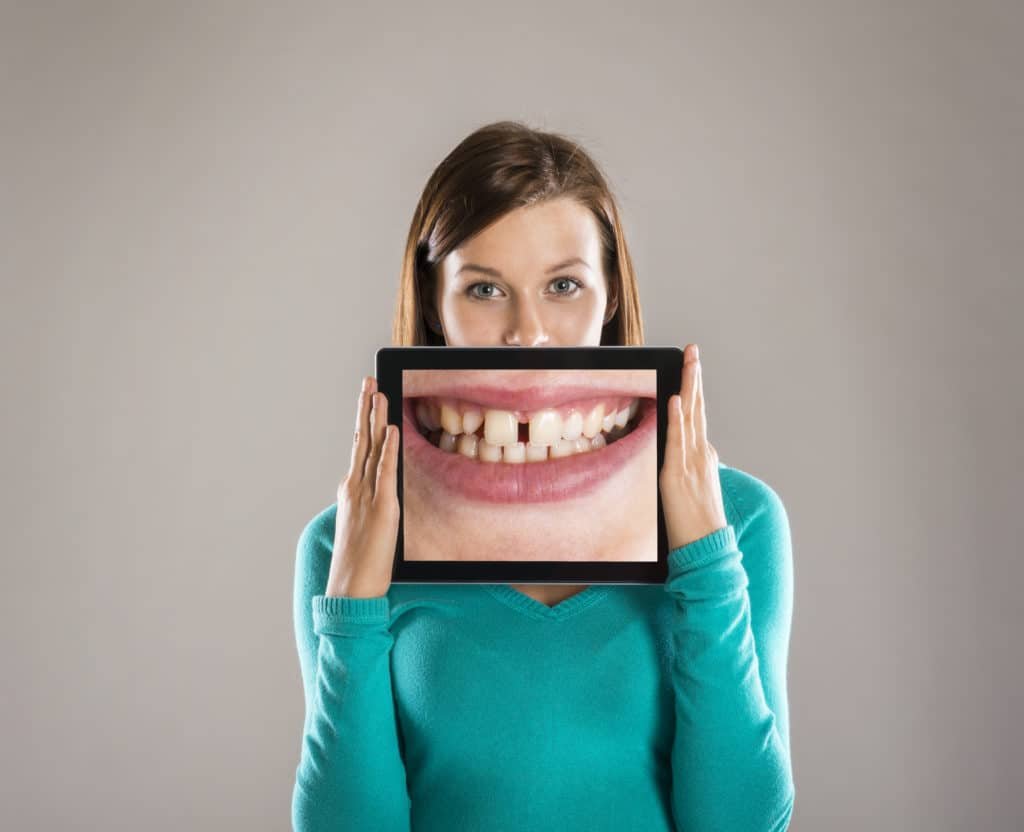Straightening teeth has never been easier, thanks to modern orthodontic solutions. The two main approaches—clear aligners and traditional braces—both effectively improve dental alignment, but they work differently and offer unique benefits. Selecting the right option depends on your oral health needs, lifestyle, and what suits you personally
Understanding Clear Aligners
Clear aligners are transparent, removable trays that gradually guide teeth into proper alignment. Each set is custom-made for your teeth and replaced every one to two weeks as treatment progresses.
Advantages of Clear Aligners:
- Nearly invisible, providing a discreet appearance
- Removable, making eating, brushing, and flossing easier
- Smooth surfaces minimize irritation to gums and cheeks
- Often require fewer dental visits compared to traditional braces
Considerations:
- Higher upfront cost than some braces
- Must be worn consistently (20–22 hours daily)
- May not be suitable for very complex alignment issues
- Initial adjustment may temporarily affect speech
For children or adults seeking subtle treatment, clear aligners can complement a pediatric dentistry clinic plan, especially when maintaining oral hygiene during treatment is a priority.
Understanding Traditional Braces
Traditional braces use brackets bonded to teeth and connected by wires. These wires are adjusted periodically to shift teeth into the desired position. Elastic bands may also be used for bite correction.
Advantages of Traditional Braces:
- Often lower initial cost than aligners
- Can correct complex alignment and bite problems
- Fixed brackets remove reliance on patient compliance
- May provide faster results in certain cases
Considerations:
- Brackets and wires are visible
- Food can get trapped, requiring extra cleaning care
- Wires and brackets may cause temporary discomfort
- Regular dental visits are necessary for adjustments
- Certain foods must be avoided to prevent damage
Traditional braces are particularly effective for patients who require comprehensive dental care, such as best dental caries treatment, during the alignment process.
Choosing the Right Option
There isn’t a universal solution—your choice should reflect your dental condition, lifestyle, and aesthetic priorities:
- Clear Aligners: Ideal for mild to moderate misalignments and for those who want an almost invisible treatment.
- Traditional Braces: Suitable for severe misalignments, bite issues, or for patients who prefer a fixed, hands-off solution.
Regardless of the method, proper oral hygiene is essential to avoid complications like cavities or bad breath treatment concerns during orthodontic care.
Final Thoughts
Both clear aligners and traditional braces can give you a healthy, confident smile. Understanding the differences, evaluating your priorities, and consulting a professional will ensure the best results. With regular care and follow-ups, orthodontic treatment can lead to a smile that is both beautiful and functional for years.



